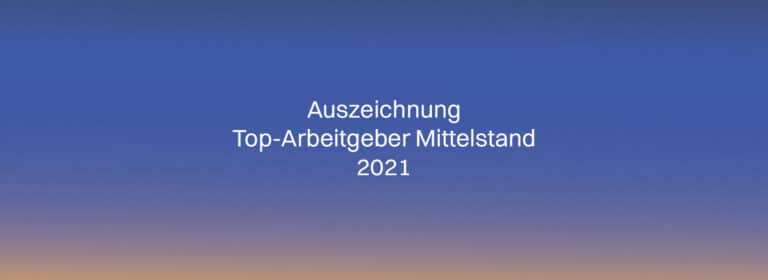In this article, you can find out how much working from home is healthy and what role time tracking plays in this
The challenge: working from home without borders
Hybrid and location-flexible forms of work have long been standard. For many employees, this means more flexibility, greater job satisfaction and less stress due to commuting. But there is a noticeable downside: constant expectations of availability. The latest BAuA working time survey (2015-2023) shows that employees working from home often feel that they have to be available even after work – with clear negative consequences for health and relaxation.
What the study proves
The long-term analysis with over 32,000 survey data leads to three key findings:
- Working more from home generally improves health. However, only up to an optimum of around two to three days per week.
- Expectations of accessibility have a negative impact on health. Employees with high “telepressure” have a higher risk of sleep problems, exhaustion and burnout.
- Company working time recording reduces accessibility expectations. While employees without time tracking are under greater pressure when working from home, documented working hours actually have the opposite effect: the more days spent working from home, the lower the accessibility expectations.
Why time tracking is becoming a game changer
The results make it clear that recording working hours is far more than a legal obligation – it is an effective prevention tool. Time tracking is particularly helpful when working from home, where there are no natural boundaries such as the commute to the office or shared breaks:
- Set clear start and end points for the working day.
- Create working time transparency for employees and managers.
- health protection through better separation of work and leisure time.
In other words: time tracking creates reliability in a flexible working world.
Tips and implications for HR and managers
In order to promote the balance between availability and relaxation not only individually but also structurally, companies can achieve a great deal with small but effective changes. A healthy corporate culture is created when breaks, boundaries and relaxation are not left to chance, but are actively made visible.
- A possible first step: The Make break culture visible. Fixed break times can be anchored directly in the calendar – and, above all, set an example by managers. Managers who openly show that the calendar sometimes includes “break” or “exercise time” signal to the team that rest is part of the job, not a sign of weakness.
- Encourage hybrid models. Two to three days of home office per week are ideal.
- Introduce or modernize digital time recording systems. They are a measurable factor for health and motivation.
- Establish availability rules. Clear communication about when employees should and should not be available. The BAuA’s working time survey also sees this as a prerequisite for reducing the negative effects of constant availability by recording working time.
- Sensitize managers. Anyone who constantly writes emails after work is unintentionally promoting the “always-on” culture. And if you do write an email in the evening, most popular programs now allow you to send the email at a later time – e.g. the next morning.
- Check-ins and check-outs at the beginning and end of meetings are also a simple but effective tool. They create space to pause for a moment, share your own mood and take note of the team atmosphere. If you like, you can even use the free Use the check-in generator – it provides inspiring questions and ideas to make meetings more human.
Balance instead of stress
Working from home is a win-win situation for companies and employees if it is structured correctly. Working time recording is not a control instrument, but a protective factor: it creates healthy boundaries, reduces accessibility expectations and strengthens the resilience of teams. HR managers and managing directors should therefore use time tracking strategically to balance productivity and health.



